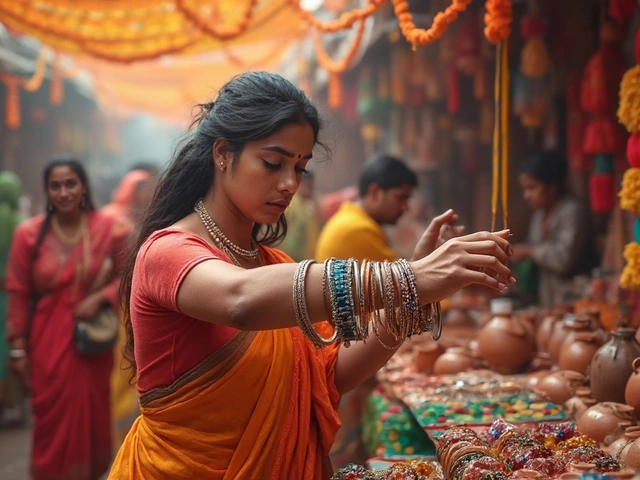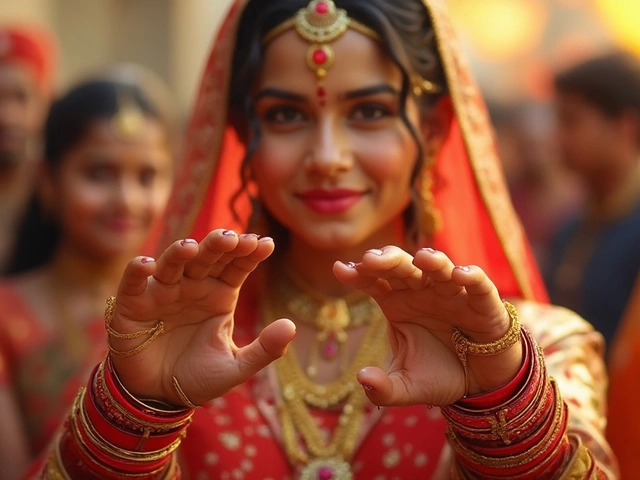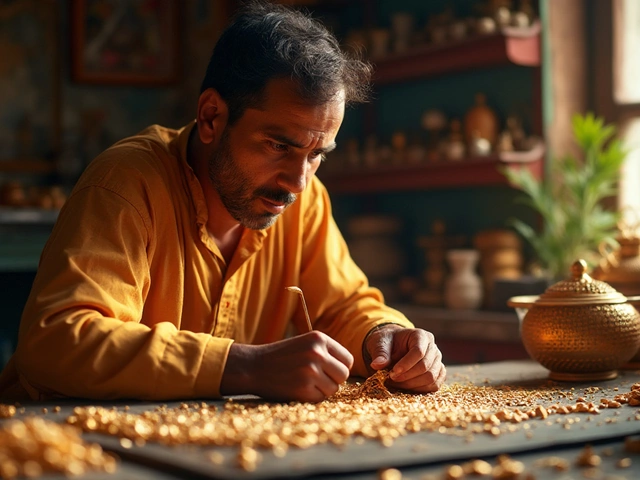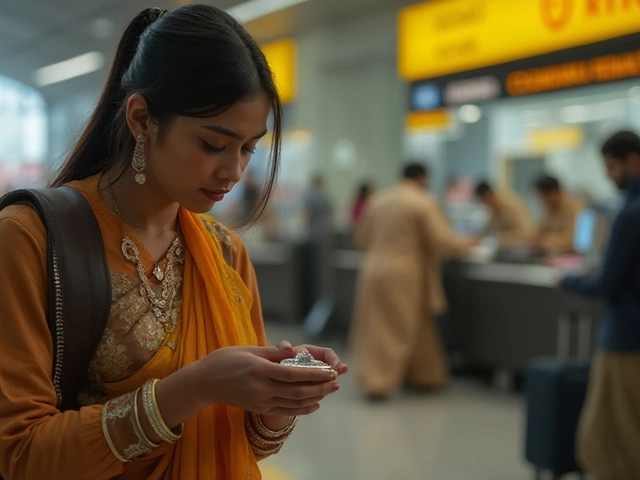Import Diamond Jewelry India: Where to Buy, What to Know, and How to Spot Quality
When you hear import diamond jewelry India, the process of bringing diamond-studded pieces into India for resale or personal use. Also known as diamond jewelry sourcing India, it’s not just about buying shiny stones—it’s about understanding where they come from, how they’re set, and who’s certifying them. India doesn’t just consume diamond jewelry; it shapes the global diamond trade. Surat alone processes over 90% of the world’s diamonds, and Mumbai is home to hundreds of exporters who supply everything from bridal sets to minimalist studs. But if you’re thinking of importing, you need more than a good price—you need to know what makes a piece worth bringing in.
Most people assume diamonds are diamonds, but that’s not true. The diamond certification, an official report from labs like GIA, IGI, or BIS that confirms a diamond’s 4Cs: cut, color, clarity, and carat is your first line of defense against overpaying for low-grade stones. In India, you’ll see plenty of jewelry marked "1 carat" or "18K gold," but without a certificate, you’re trusting a vendor’s word. The Indian diamond market, a massive, complex ecosystem where rough stones are cut, polished, and set into traditional and modern designs thrives on trust, but that doesn’t mean you should skip verification. Look for BIS hallmarking on gold, and always ask for a lab report before finalizing a purchase—even if you’re buying from a trusted supplier.
Then there’s the design. Indian diamond jewelry isn’t just about sparkle—it’s about meaning. Temple jewelry uses intricate filigree to hold diamonds in place, while modern bridal sets blend solitaires with delicate milgrain edges. Some pieces are made for daily wear, others for weddings. If you’re importing, think about who will wear it. A heavy Kundan set might sell well in Rajasthan, but a sleek diamond pendant could be a hit in Bangalore. The diamond sourcing India, the network of suppliers, cutters, and wholesalers who connect global rough diamond producers with Indian artisans and retailers is deep, but not all sources are equal. Some suppliers cut corners on metal purity or use synthetic stones disguised as natural. That’s why the best importers don’t just compare prices—they check samples, ask for invoices, and verify hallmarks in person.
You’ll also find that many Indian jewelers don’t just sell diamonds—they tell stories. A nose pin with a single diamond might carry centuries of tradition. A mangalsutra with diamond accents isn’t just jewelry—it’s a symbol. That cultural weight affects value. A piece with historical design elements often holds more appeal than a generic imported ring, even if the diamonds are identical. That’s why the most successful importers don’t just bring in stock—they bring in context.
So if you’re looking to import diamond jewelry into India, start with the basics: certification, craftsmanship, and cultural relevance. Don’t chase the lowest price. Chase the clearest documentation, the most honest seller, and the designs that actually connect with buyers. Below, you’ll find real guides on spotting quality, understanding gold purity, choosing the right settings, and avoiding common traps. These aren’t theory pieces—they’re from people who’ve been in the market, handled the stones, and walked away with the right pieces—or the right lessons.
Can I Carry a Diamond Ring to India? Rules, Duties & Tips
Learn if you can bring a diamond ring to India, the customs duty rates, required paperwork, and practical tips for a smooth entry.





